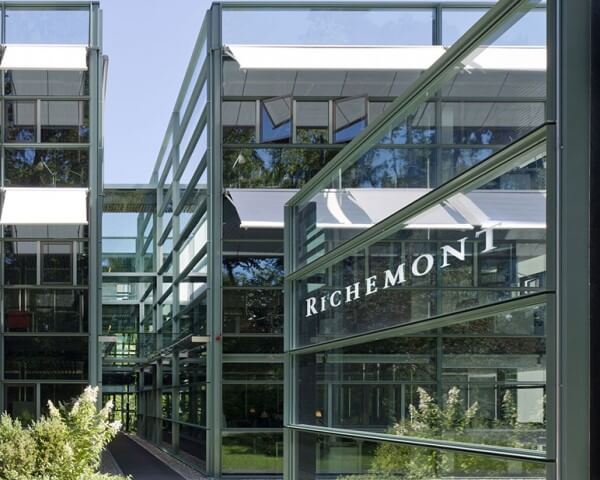Elephants never forget, unless they are the mastodons of the luxury industry whose ability to blank out any mention of crisis is the envy of just about every other sector of the economy. The publication of first-quarter results for 2017 confirms that the word “crisis” isn’t part of the luxury vocable. In fact recent weeks’ announcements have been so upbeat as to take the financial community by surprise. For this year’s first quarter (January to March), revenue grew 15% to €9.8 billion at LVMH, while the group’s Watches & Jewelry business reported a 14% increase on Q1 2016 to €879 million. Kering, on the back of record growth at Gucci, fared even better. Its quarterly revenue leapt by 27% to €3.75 billion, and by 13% for its watch and jewellery brands. Similarly, Hermès reported revenue up by 13.5% to €1.35 billion for the quarter.
Jewellery brands Cartier and Van Cleef & Arpels (which make up around 60% of Richemont's revenue) managed to limit this drop to 2%.
Back in business
So where does the Swiss watch industry fit in to this happy picture? After the wilderness years, when exports fell by 3% in 2015 and again by 10% in 2016, it’s still too early to be popping the champagne corks, particularly with painful recollections of overproduction and subsequent layoffs still fresh in many minds. Further examination also reveals that growth in these divisions has come mainly from the multinationals’ jewellery brands: Boucheron and Pomellato at Kering; Bulgari and Chaumet at LVMH. At Hermès, watch sales in fact dropped 6% over the first quarter 2017 as they “continued to be penalised by a still challenging market”.

The recent publication by Richemont of its results for the year to 31st March 2017 confirms the state of play. While the group’s watch brands suffered a marked decline in sales of 11%, jewellery brands Cartier and Van Cleef & Arpels (which make up around 60% of Richemont’s revenue) managed to limit this drop to 2%, with good growth in the two brands’ jewellery business helping to offset weakness in watch sales. In total, Richemont ended its year with sales contracting by 4% to €10.6 billion.
The financial markets appear to be in no doubt that Richemont is back in business: the group's shares have gained 51% since summer 2016.
Back in business
It would be entirely wrong to focus on the 46% plummet in Richemont’s net profit, given that year-on-year comparison is skewed by the one-time gain of €540 million on the merger of Net-A-Porter and Yoox in the prior year. With operating profit down by 14% to €1.7 billion, to a large extent due to one-time net charges of around €300 million for inventory buy-back, the closure of some 30 points of sale, and manufacturing capacity adjustment, Richemont has in fact performed rather well – thank you Cartier! – and embarks on the current year from a relatively healthy base. This includes capacity to maintain a robust net cash position of €5.7 billion (+8.5%).A quarter-by-quarter analysis clearly shows that the group is on an upward trajectory. The 13% drop in sales during the first half-year was progressively offset over the second six months, resulting in a smaller decline of 7% over the first nine months and 4% for the entire year. The financial markets appear to be in no doubt that Richemont is back in business: the group’s shares have gained 51% since summer 2016.
The US is expected to make a stronger comeback than Europe, where sales will continue to lag behind and any improvement will be contingent on a greater sense of security.
This trend is confirmed by the Federation of the Swiss Watch Industry (FH) in its analysis of the first quarter 2017, during which exports fell slightly, losing 2.6% to CHF 4.3 billion. The FH interprets this as the first sign of a gradual uptick, and forecasts moderate growth for the second half-year followed by a slightly stronger performance at the start of 2018, although not all regions will benefit to the same extent. The US is expected to make a stronger comeback than Europe, where sales will continue to lag behind and any improvement will be contingent on a greater sense of security. Asia is expected to struggle to make up for the gap left by exports to Hong Kong and falling oil revenues. There is good news from the region nonetheless, with Hong Kong, again, reporting an 18% increase in exports for March after slumping for 25 consecutive months. China has also performed strongly, as the 16.5% rise in shipments for the first quarter of this year confirms the upturn that was first observed eight months ago. When it comes to “grandeur and decadence”, we all know the importance both these markets have had for the Swiss watch industry over the past five years. All that remains is to hope phase 2 has been enough of a lesson to renew with phase 1.












